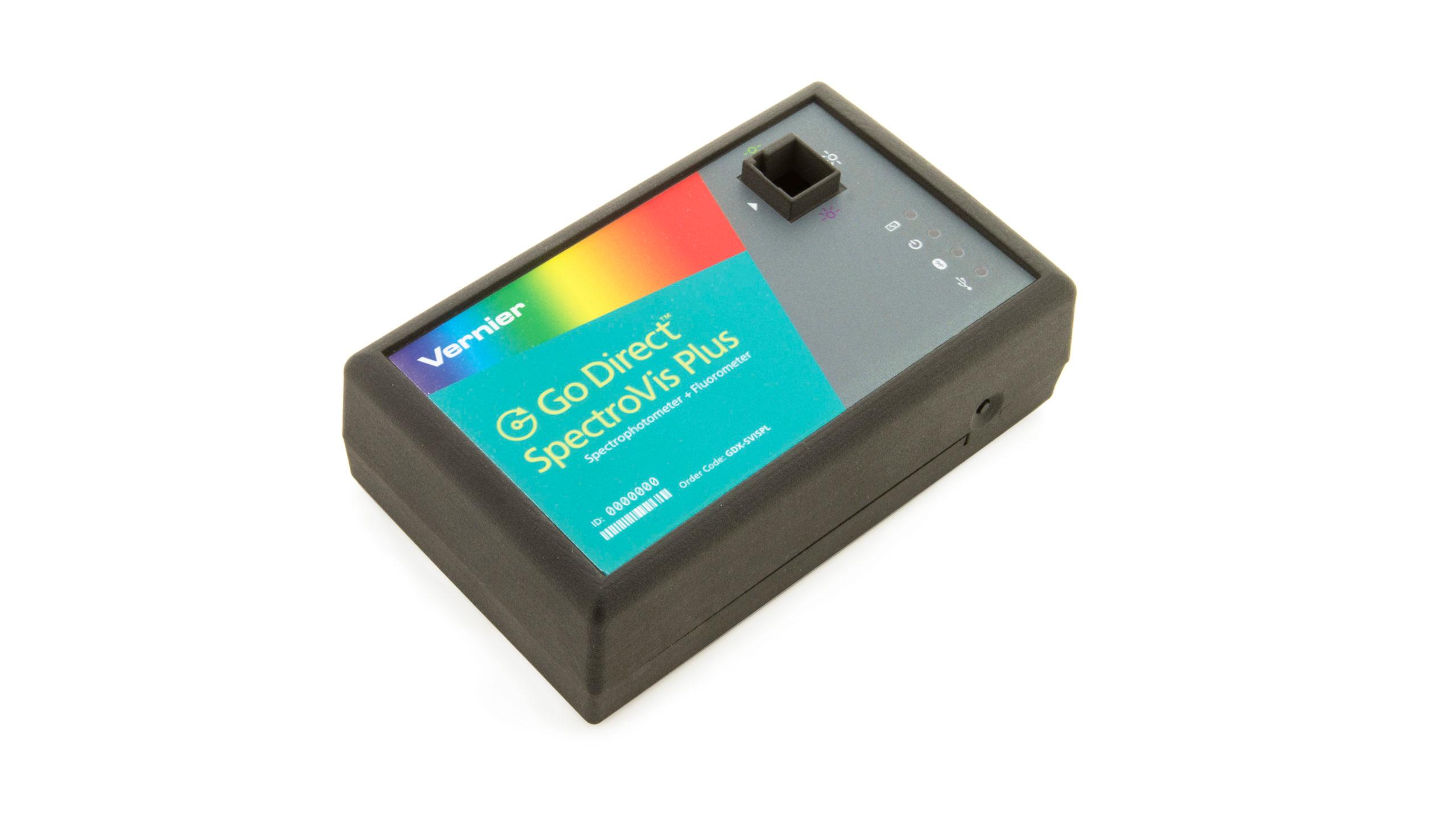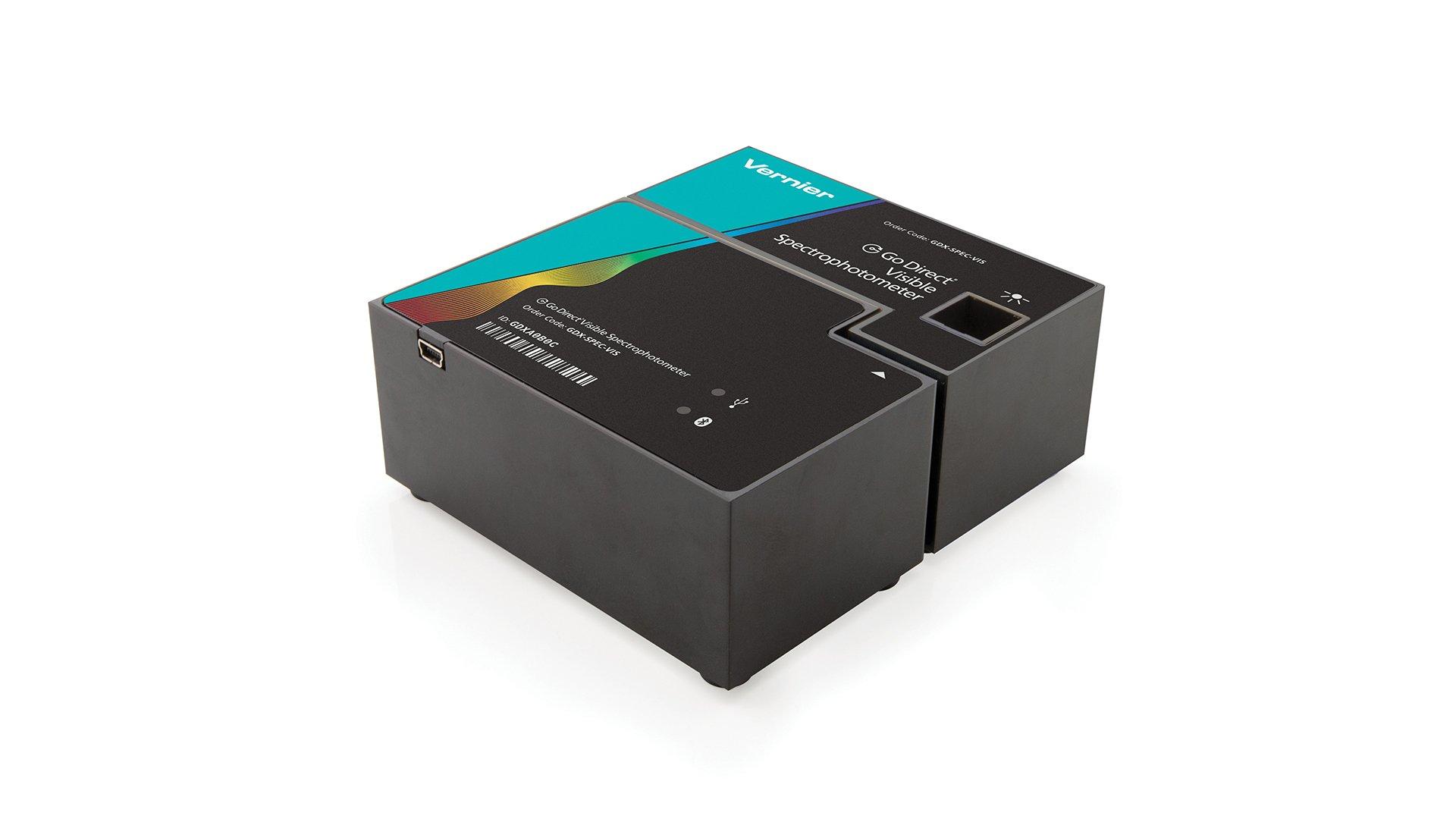Testing Enzyme Activity (Spectrometer)
Experiment #6C from Investigating Biology through Inquiry
- Subject
- Biology
Introduction
Enzymes are molecules that regulate the chemical reactions that occur sin all living organisms. Almost all enzymes are globular proteins that act as catalysts, substances that speed up chemical reactions. Enzymes catalyze reactions by reducing the activation energy for a specific reaction to occur and yet are neither destroyed nor altered during this process. At the molecular level, enzymes catalyze these reactions by briefly binding to the substrate or reactants to form an enzyme-substrate complex. The reaction takes place while the substrate is bound to the enzyme, converting the substrate to the new product. The new product is then released from the enzyme substrate complex and the enzyme is then free to bind with more substrate.
H2O2 is toxic to most living organisms. Many organisms are capable of enzymatically destroying the H2O2 before it can do much damage. H2O2 can be converted to oxygen and water as follows:
Although this reaction occurs spontaneously, enzymes increase the rate considerably. At least two different enzymes are known to catalyze this reaction: catalase, found in animals and protists, and peroxidase, found in plants. A great deal can be learned about enzymes by studying the rates of enzyme-catalyzed reactions.
In this Preliminary Activity, you will use a colorimetric assay to determine the rate of reaction of the enzyme peroxidase.
After completing the Preliminary Activity, you will use reference sources to find out more about enzymes, turnips, and peroxidase, and then you will choose and investigate a researchable question. Some topics to consider in your reference search include the following:
- catalyst
- enzyme
- substrate
- peroxidase
- proteins
- denature
- Michaelis-Menten constant
- Lineweaver-Burk plot
Objectives
- Identify variables, design and perform the investigation, collect data, analyze data, draw a conclusion, and formulate a knowledge claim based on evidence from the investigation.
- Determine the rate of the peroxidase catalyzed reaction converting H2O2 to H2O and O2.
- Gain increased understanding of factors affecting peroxidase activity.
Sensors and Equipment
This experiment features the following sensors and equipment. Additional equipment may be required.
Correlations
Teaching to an educational standard? This experiment supports the standards below.
- International Baccalaureate (IB) 2025/Biology
- B1.2.5—Effect of pH and temperature on protein structure
- C1.1.1—Enzymes as catalysts
- C1.1.4—Enzymes as globular proteins with an active site for catalysis
- C1.1.5—Interactions between substrate and active site to allow induced-fit binding
- C1.1.6—Role of molecular motion and substrate-active site collisions in enzyme catalysis
- C1.1.7—Relationships between the structure of the active site, enzyme–substrate specificity and denaturation
- C1.1.8—Effects of temperature, pH and substrate concentration on the rate of enzyme activity
- C1.1.9—Measurements in enzyme-catalysed reactions
- C1.1.10—Effect of enzymes on activation energy
- C1.1.11—Intracellular and extracellular enzyme-catalysed reactions
Ready to Experiment?
Ask an Expert
Get answers to your questions about how to teach this experiment with our support team.
- Call toll-free: 888-837-6437
- Chat with Us
- Email support@vernier.com
Purchase the Lab Book
This experiment is #6C of Investigating Biology through Inquiry. The experiment in the book includes student instructions as well as instructor information for set up, helpful hints, and sample graphs and data.



